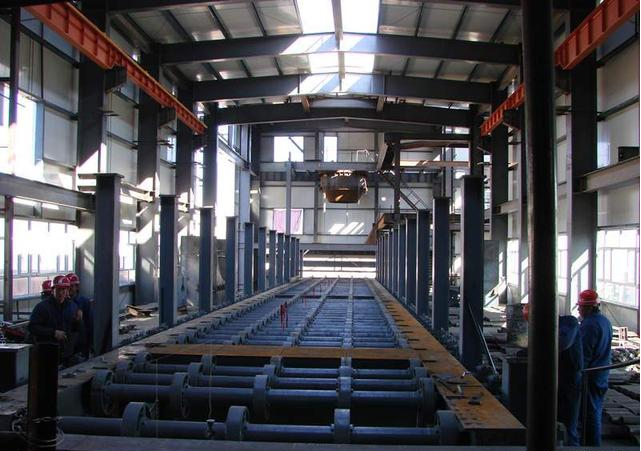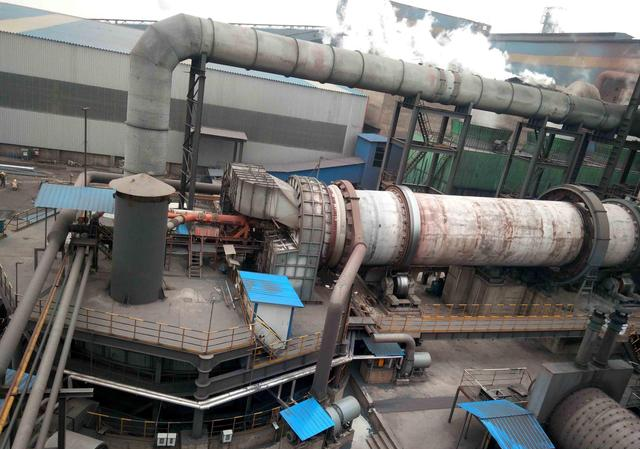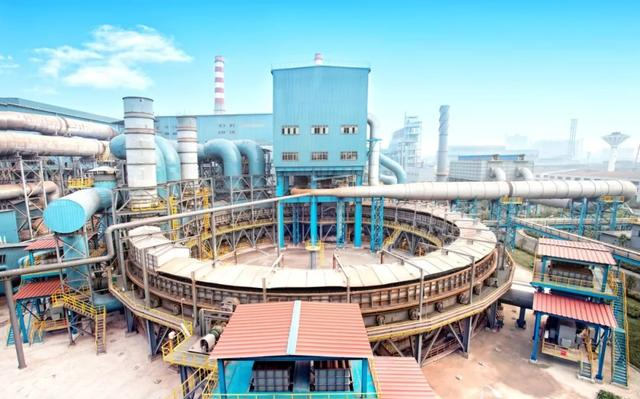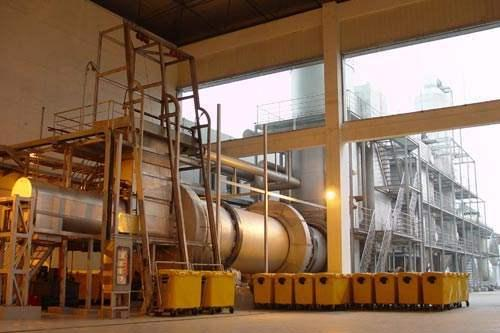With the rapid development of the domestic grate machine-rotary kiln pelletizing process, the normal operation of the three major hosts, the grate machine, the rotary kiln, and the ring cooler, is related to the operating efficiency of the entire production line. The factors that can affect the normal operation of the three major hosts are: There are many, among which the rational use of refractory materials is the top priority. Due to the large number of equipment in the grate machine and rotary kiln, the process conditions are greatly different. The refractory linings in different parts need to withstand the erosion, chemical erosion, rapid cooling and rapid heating of different materials, etc., and the structure is complex, making construction and baking difficult. Therefore, the selection of reasonable refractory materials and scientific masonry methods can not only maintain the normal operation of the three major hosts, but also save energy and reduce consumption, thereby reducing the operating costs of the manufacturer.
The following introduces the refractory material selection requirements for each process:
1. Grate machine

1. Low temperature area
Since there is less dust in the airflow in low-temperature areas, wear is generally not considered when selecting refractory materials. Therefore, only lightweight materials are used as the working layer, and a layer of insulation cotton is laid between the side wall steel plates and lightweight materials to prevent cross-linking. The wind burned the steel plate.
2. High temperature area
Since the high-temperature section needs to consider factors such as fire resistance and wear resistance, a composite structure combining heavy castables and light castables is used. The grate machine roof and the side walls of the high-temperature section generally use anchor bricks combined with castables, but in A supporting plate needs to be laid horizontally on the side wall of the high-temperature section. The advantage of this is that an artificial expansion joint can be set up to minimize the damage to the anchor bricks caused by expansion.
2. Rotary kiln
The rotary kiln is a very important link in the pellet production process. The quality of the refractory material in the rotary kiln directly determines whether the entire pellet production line can operate normally. Traditional rotary kiln refractory materials generally use heavy refractory materials due to their advantages such as high temperature resistance and wear resistance. However, this type of refractory material has a large thermal conductivity and the heat transferred through the refractory material is also large. Causes waste of energy.
In order to solve this problem, our company adopts a structural form in which prefabricated brick belts and castable material belts are arranged at intervals, and lightweight thermal insulation cotton is laid between the refractory material and the rotary kiln skin. On the one hand, it can effectively prevent heat loss, and on the other hand, On the one hand, it can reduce the rotating weight of the rotary kiln and thereby reduce the consumption of electricity. However, the expansion trend under working conditions needs to be considered during the design and construction of refractory materials. Expansion plates and pouring strips are added to the surface of the precast bricks close to the working layer to set expansion joints. The spacing of the expansion joints needs to be set according to the working temperature, and These expansion joints cannot be penetrated.

3. Ring cooler

The ring cooler is a device that uses cold air to cool the pellets. The refractory lining is composed of two parts:
1. Trolley railings of ring cooler
There are currently two ways to make railing tiles for ring cooler trolleys: one is to make small pieces and divide them into upper and lower parts. The advantage is that they are easy to install and replace, but the disadvantage is serious air leakage; the other is to make them into large pieces to separate the inside and outside. The ring is divided into several large pieces, regardless of top or bottom. The advantage is that the material is tight and the heat loss is small. The disadvantage is that installation and replacement are difficult, and they can only be replaced uniformly during overhaul. The two forms need to be determined according to the customer’s equipment maintenance method and cycle.
2. Upper cover of ring cooling machine
The upper cover of the ring cooling machine is generally designed with a structural form of anchor bricks combined with castables. The castables use a composite structure that combines heavy castables and light castables similar to the grate machine. By changing the working layer and external insulation layer material thickness to handle different cold sections.



